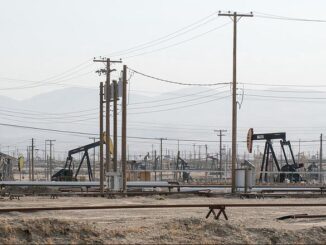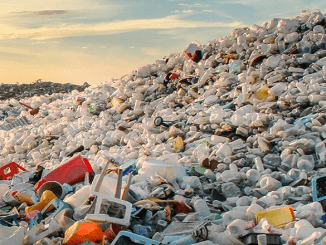Thousands of satellites are now orbiting in low Earth orbit. Not long ago, that number was much smaller. And the plans ahead are even more ambitious — in the coming years, tens of thousands more will be launched, eventually reaching into the hundreds of thousands. All in the name of global satellite internet.
The US Federal Communications Commission has already approved over 30,000 applications. But space is not limitless. There is only so much room, and satellites travel at incredible speeds. The more of them there are, the greater the chance of collisions. Despite this, very few people are addressing the issue of safety — not in the United States and not elsewhere.
Each satellite operates for only a few years. After that, it is intentionally deorbited. It burns up in the atmosphere, taking with it everything it was made of — plastic, metals, composite materials. What exactly happens to these substances in the upper layers of the atmosphere remains unclear. Their effects on the climate and the ozone layer are still largely unstudied. That research has yet to be done.

If a megaconstellation like Starlink is launched at full scale, around 29 tons of satellite material could reenter Earth’s atmosphere every day. In simpler terms, something equivalent in mass to a compact car would burn up in the sky every hour. And that’s only half the story.
There are also the rockets. Their engines release exhaust comparable in composition to the emissions from millions of diesel trucks over the course of a year. The comparison is rough, but it captures the scale.
When the number of satellites becomes too large, it is noticeable even to those outside the scientific community. With full deployment of megaconstellations, one out of every fifteen moving objects in the night sky is no longer a star, but a piece of technology. Astronomers have long voiced concerns about this.
Thousands of bright points in orbit interfere with observations, ruin astronomical images, and disrupt the work of telescopes — especially those designed to capture faint light. If collisions begin to cascade, debris will scatter and form something like a dusty ring. The sky will resemble a snow globe — just without the magic.
Right now, satellites are being launched with little caution. Environmental impact assessments are rarely conducted. Licenses are granted quickly, and inspections are minimal. All this is happening amid a surge in activity — the number of satellites has tripled in the past three years.
For now, the economic, technological, and social benefits still outweigh the concerns in most people’s minds. After all, the ability to be online anywhere in the world is highly appealing.
Today’s user can stay connected from virtually anywhere using a phone, PC, or other device. Even in remote nature, it is now possible to stream a cricket match and enjoy the game. Some go even further — downloading a betting app. According to this site, the market features a wide range of cricket betting platforms, most of which offer user-friendly apps. With internet access, these and other services can function not only in cities but in nearly any location. This boosts the economy and brings many other benefits.
But the commercial race should not determine how we treat Earth’s orbit. Space is limited, and the potential harm affects everyone. Without a global system for risk assessment and coordination, mass satellite launches should be put on hold. Otherwise, we may end up closing off space to ourselves.



